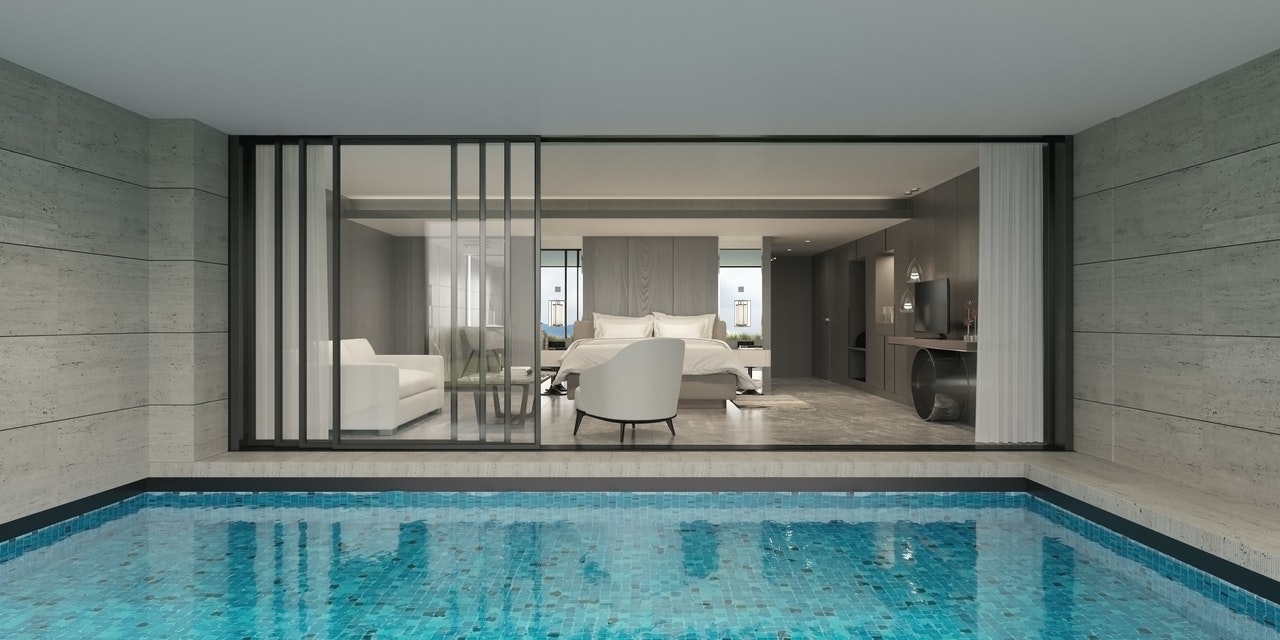Have you taken a look at your home today and thought to yourself that your interiors and exteriors might need a modern update? Take this as your sign! It’s time to get some work done.
Make your home trendy from the inside out by giving it an industrial revamp. Get your tools ready and learn how to make your house cool, sleek, and stylish.
What to Know About Industrial Style
Industrial style is reminiscent of the straightforward appearance of factories and warehouses. It became popular in the late 19th to early 20th centuries, during the second industrial revolution. This period of rapid innovation and modernization caused businesses to expand overseas, leaving factories to be neglected.
The years following it brought about an increased need for homes. This paved the way for the re-purposing of these old buildings into residential areas. It yielded a distinct style that is loved and sought after in both homes and residential spaces today.
Industrial architecture blends functionality with style to replicate the appearance of industrial buildings. Industrially designed spaces typically have a deconstructed and unfinished feel that is at the same time clean and uncluttered.
Big Edits for a Modern Industrial Finish
The industrial style is understandably popular because of how it blends modern sensibilities with a vintage charm. Here’s how to revamp your house into your very own modern industrial masterpiece.
Exposed metal is the way to go.
The arguably most recognizable aspect of an industrially designed space is exposed ducts, pipes, and metals. This gives your home the raw feel that industrial homes have. They also provide a great contrast for plain walls.
If your home was not originally built this way, no need to worry! Do minor renovations, such as installing metal fixtures such as shelves and countertops. Also, take a look at your home’s features and see which parts you can paint over or adjust slightly.
Do you have exposed metal on your counters, shelves, or gates? Highlight those with a fresh paint job. Amp your gates up even further with powder coating for metal that has the dual function of giving them a smooth finish and protecting them from rust.
Build it brick by brick.
The unfinished-but-finished vibe comes through with rough textures provided by brick walls. For minor renovations, you can introduce bricks as accents instead. You can set it up on one side of your living room, for example. Bricks are also a good contrast to metal finishings in your house exterior.
If the orange-y brown color of brick is a tad too loud for your living space, tone it down by painting it over with some white. Don’t try to make it perfect, though, as the uneven finish will add personality to your statement wall.

Open up the space.
Besides exposing pipes and ducts, you can also turn your cabinets and cupboards into exposed storage spaces. Opening these up reveals the structure underneath them. Doing so also has the added perk of making it much easier to find items in your kitchen.
You can also do with fewer dividers between areas in the home. An open floor plan is more faithful to traditional industrial design.
Save yourself from the expenses of completely changing up your cabinets by refurbishing the ones you already have. Don’t hesitate to do a project out of the parts of your revamp that require less work. The rough quality of industrial furnishings means that you don’t have to worry about making things too pretty.
Be bold with defined lines and shapes.
To make your interiors really pop, follow the principle of less is more. Instead of making it busy, curate specific pieces that have bold lines or strong shapes. Mix it up by having both wood and metal touches in your furniture, too.
Contrasts can also work well in this area. For example, you can install round mirrors or tables along with chairs and counters that are angled. Softer touches will add depth and make your home a cozier space.
Balance the space with neutral colors.
Since the industrial style involves rough and raw elements, you can neutralize the space using muted colors. Whites, grays, and even light, exposed concrete make for a good backdrop to industrial designs. Neutral colors do a good job of cleaning up the space.
Sometimes, heavy whites and blacks can be too harsh in a home setting. You may choose light shades of brown instead to make your living area warmer and more relaxing.
Renovating a home that wasn’t initially designed in the industrial style may be confusing to edit at first. But the industrial design lends itself to many DIY projects and simple subtraction of unnecessary elements in the home to create a clean and tasteful industrial home.
